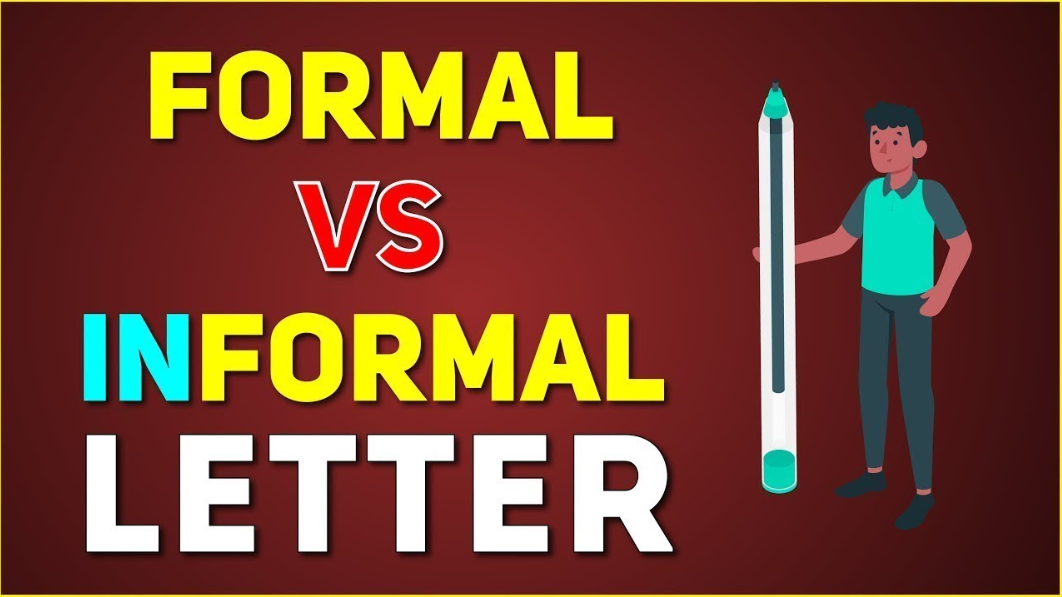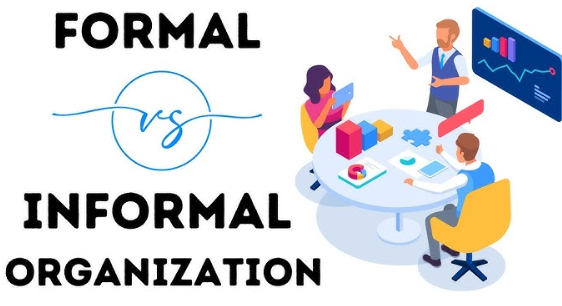Knowing the Distinction Between Formal and Informal Correspondence
Overview of Letters
For a very long time, people have used letters as a vital tool for communication. Letters enable individuals to share crucial information, feelings, and thoughts with different audiences across large distances. Depending on the situation, the sender’s and recipient’s connection, and the context, letters can have various purposes as written communication. Generally, there are two main categories of letters: formal and informal. Understanding these categories is crucial for effective communication.
Purpose of Formal and Informal Letters
Formal letters are usually used in official, commercial, or professional settings. They follow customary norms, maintaining a specific structure and tone. Employers, public servants, or customers are the primary recipients of these letters. It is essential to write these letters in an understandable and polite manner. For example, a resignation letter or a job application letter requires exact wording and a structured framework. This demonstrates professionalism and respect.
The Nature of Informal Letters
Informal letters, by contrast, are written in a more relaxed manner and are often used for private correspondence. They are typically exchanged between friends, family, or acquaintances. These letters allow a greater variety of expression and often reveal the writer’s character and feelings. Informal letters commonly use relaxed language, colloquial expressions, and a less formal style. They are ideal for correspondence such as birthday greetings, informal updates, or letters of support.
Determining Whether a Letter is Formal or Informal
The purpose, venue, and readership of letters ultimately determine whether they are formal or informal. By being aware of these differences, people can write letters more skilfully. They can adjust their tone and format to meet the recipient’s requirements and expectations. This fundamental knowledge is essential for effective written communication. It also opens the door to examining the components that characterise each letter type.
Qualities of Official Letters
Structure of Formal Letters
Formal letters are an essential form of communication in many governmental and professional contexts. These letters typically follow a set format that includes several key components. The sender’s address is placed at the top, often on the right, to tell the receiver the origin of the correspondence. The date is added next, clearly stated in a way that is easy to recognise.
Recipient’s Address and Greeting in Formal Letters
Next comes the recipient’s address, which is essential for correctly directing the message. This is usually positioned just before the greeting on the left. The greeting itself is an important element, starting with “Dear,” followed by the recipient’s title and last name. This formality indicates respect and professionalism.
Message and Tone in Formal Letters
The body of the formal letter contains the primary message. This section has a professional, straightforward, and concise tone. It is crucial to use formal language with context-appropriate terminology. For example, in corporate letters, technical terms or industry jargon might be appropriate. However, in official demands, a polite and direct approach is necessary. To improve readability, each paragraph should focus on a single idea and be logically structured.
Closing and Signature in Formal Letters
The closing remark, using expressions like “sincerely” or “yours faithfully,” follows the body. The sender’s signature comes after the closing remark, giving the letter a more personal touch. Following these traditions is vital in formal situations such as complaints, business letters, or job applications. In contexts that require a sombre and courteous tone, formal letters ensure effective communication while projecting professionalism.

Qualities of Informal Letter Formats
Introduction to Informal Letters
Informal letters play a significant role in interpersonal communication due to their casual tone and format. They often begin with a warm welcome that includes the recipient’s first name. This contrasts with formal letters, which follow a precise style and include titles and surnames. This approach immediately creates a relaxed atmosphere, putting the reader at ease and encouraging intimacy. Informal letters often use conversational language, reflecting the nature of the connection between the sender and receiver.
Personal Expression in Informal Letters
Informal letters give the writer the opportunity to express themselves more freely. They are frequently used in communication between friends, family, or acquaintances. These letters often include stories and personal experiences to share feelings or provide updates. This narrative approach draws the reader in and strengthens the emotional connection. Informal letters often include terms, idioms, and colloquial language that appeal to the receiver, enhancing the personal touch of the communication.
Purpose of Informal Letters
Informal letters are used to maintain personal relationships. They are typically written to express emotions, celebrate successes, or offer comfort during difficult times. Birthday greetings, holiday wishes, or simply checking in on loved ones are common examples of informal letters. By overcoming physical barriers, these letters help people stay connected. Overall, informal letters are an excellent way to foster connections due to their relaxed style, warm language, and personal stories.
Important Distinctions Between Informal and Formal Letters
Structural Differences Between Formal and Informal Letters
Understanding the differences between formal and informal letters is key to effective communication in various settings. One of the main distinctions is their structure. Formal letters typically include an address block, date, greeting, body, closure, and signature. In contrast, informal letters, often sent to friends or family, have a looser format. They might omit certain components, such as the address or a formal closing.
Language and Tone in Formal and Informal Letters
Another major distinction lies in the language used in formal letters. Formal communication employs a professional tone, full sentences, correct grammar, and technical language. It avoids slang, contractions, and colloquial expressions, conveying respect and seriousness. Informal letters, on the other hand, have a conversational tone. They use informal language, share personal experiences, and express feelings, fostering a sense of closeness between the writer and reader.
Objectives of Formal and Informal Letters
The objectives of formal and informal letters also differ greatly. Formal letters serve specialised purposes, such as academic writing, official requests, and corporate communication. They aim to inform, request, or persuade an audience in a formal setting. In contrast, informal letters are primarily used for private correspondence. They allow the writer to share updates, ideas, and feelings without the constraints of formal protocol.
The Audience and Its Impact on Writing Style
The audience plays a crucial role when writing a letter. For formal letters, the language and style must reflect professionalism and respect for the recipient’s position and the context. Informal letters, however, encourage a direct and friendly approach. They can be customised to suit the recipient’s preferences and personality.
Challenges in Switching Between Informal and Formal Writing
Switching from informal to formal writing can be challenging. Writers must focus on avoiding slang, using formal language, and following formatting guidelines. Writing skills can be enhanced by recognising common mistakes, such as using an inappropriate tone or overly informal wording. By understanding these key distinctions, individuals can navigate the challenges of letter writing with confidence.



